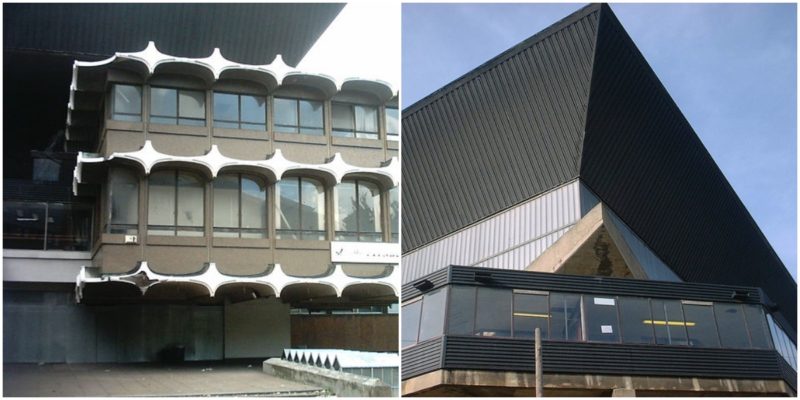Construction of the Leeds International Pool in the city center of Leeds, England, started in the early 1960s. It was officially opened on September 23, 1967. This was the place of fun and joy for the whole city. With a prime location right in the center of Leeds and a wide range of facilities, this swimming pool was anything but ordinary.
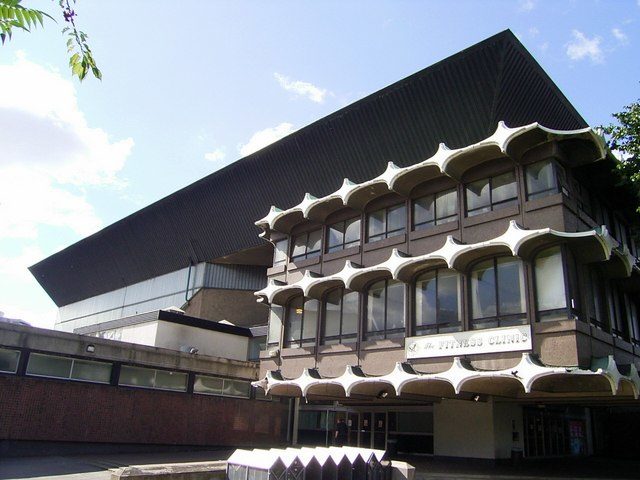
For more than forty years it was a place of relaxation, with activities as diverse as canoeing, water polo, yoga, and massage. The well-equipped fitness halls and weight training gyms were run by professional trainers and instructors.
It was a place where most of the kids from Leeds learned how to swim and took their first dive. In the first six months alone, the pool was visited by more than 250,000 people — around half of Leeds’ population at the time.
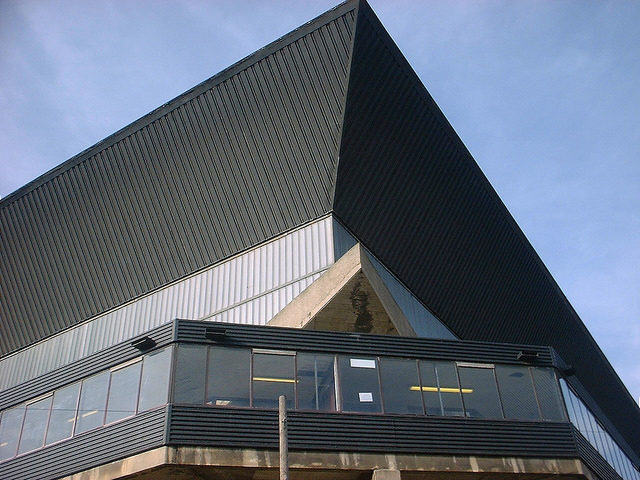
Considering all that this pool had to offer and the impact it had on the community one might think of nothing else but a long successful future. However this was not the case.
Right from the get go, the leisure center was faced with many problems, both internal and external. A number of engineering mistakes and bad architectural solutions brought a list of problems that caused finances to go down the drain faster than the pool’s water.
Repairs and alterations became more and more frequent, and with them many business disagreements started to rumble, causing tension among the staff. It seemed that no one knew if the pool was going to be open the next day or be closed again due maintenance.
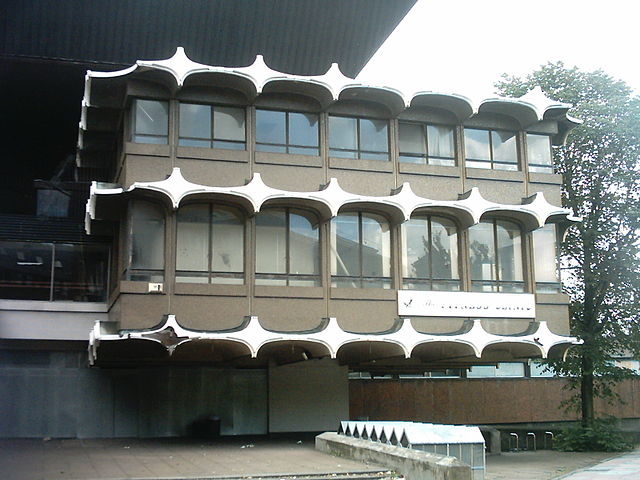
The architect responsible for such a troublesome building project was named John Poulsen. Despite never being accredited by the UK Architects Registration Council — a national regulatory board that was established in 1931 — Poulsen cultivated a prosperous architecture practice, boosted by his influential connections.
His career ended in scandal. The business on the surface appeared to be flourishing, but behind the scenes Poulsen was handing out vast amounts of cash in bribes to local officials. Details of his accounts that were examined at his bankruptcy hearing in 1972, along with abuse of his city council position as Commissioner of Taxes, led to his arrest the following year on charges of corruption.
On 11 February 11, 1974, Poulsen was handed a seven year sentence for fraud. He spent three years in prison before an appeal was made by his friend Lord Longford. The appeal was successful and Poulsen was released early due to health issues.
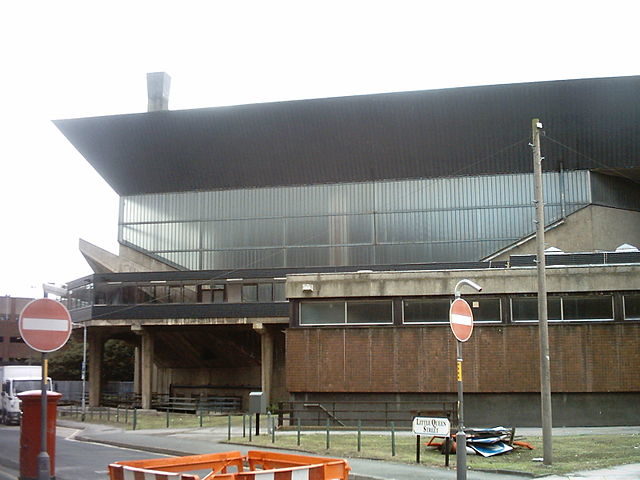
Leeds International Pool thrived in the 1980s, reaching it’s peak somewhere in the early 1990s. Then things changed and started going downhill. New, more modern and bigger, swimming pools started to pop up in the surrounding area and naturally people were drawn to them. Leeds International Pool couldn’t compete and gradually fell out of the game.
In 2007 it was decided to close the facility since it was no longer profitable. For two years, the building stood empty and unattended. Which by default meant it was now a place subjected to looters, squatters and vandalism. It became brutal on the inside as well as on the outside: Empty and cold, filled with debris and pointless graffiti.
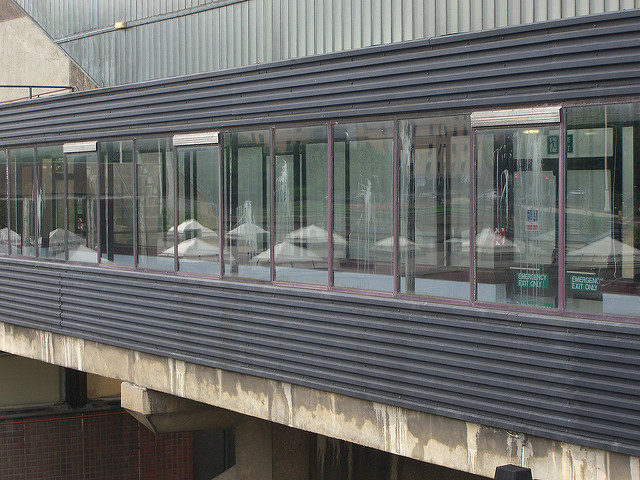
In the autumn of 2009 the demolition of the once iconic Leeds International Pool started. What was left behind on the first day were few a support columns and the internal wall structure. Over time these were also removed, leaving just dust and rubble.
A proposal for construction of a skyscraper, the Spiracle, in its place looked set to go ahead. But changes in the housing market meant that this plan was scrapped and the plot remained empty.
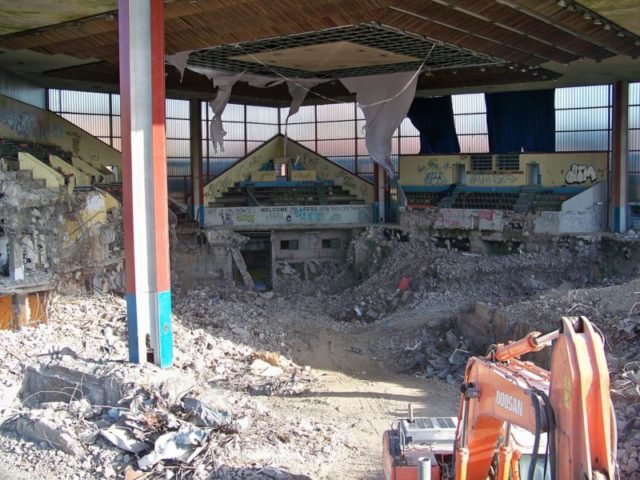
Today the site is used as a parking lot that is run by Leeds City Council. But the pool remains in the hearts of all the people who remember it, and in the minds of all those that admire Brutalist architecture of the 1970s and 80s.
